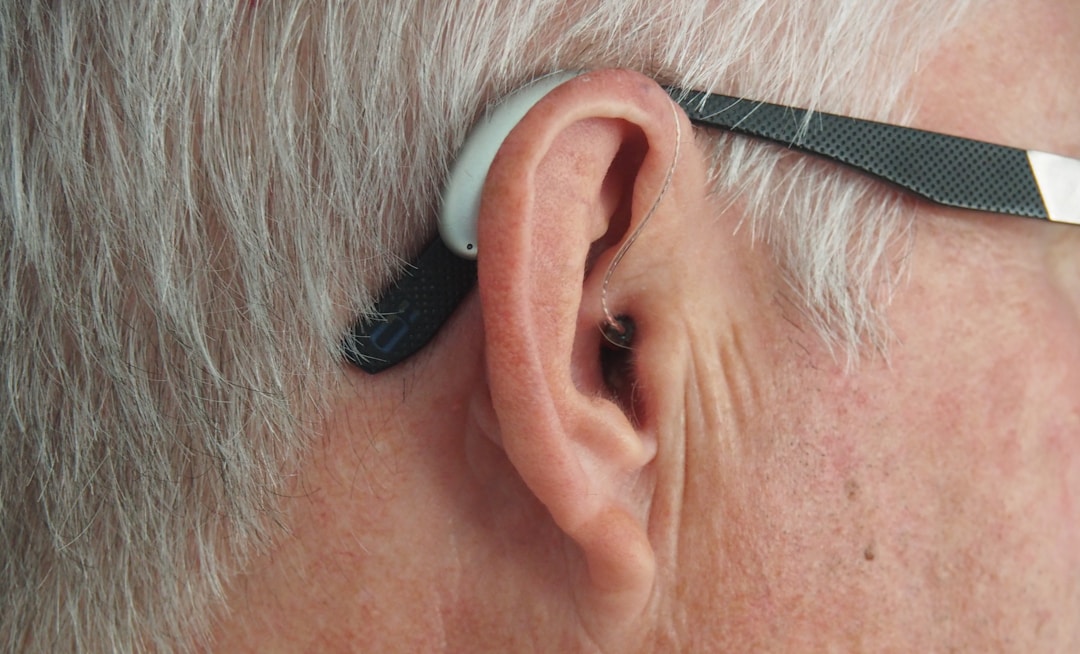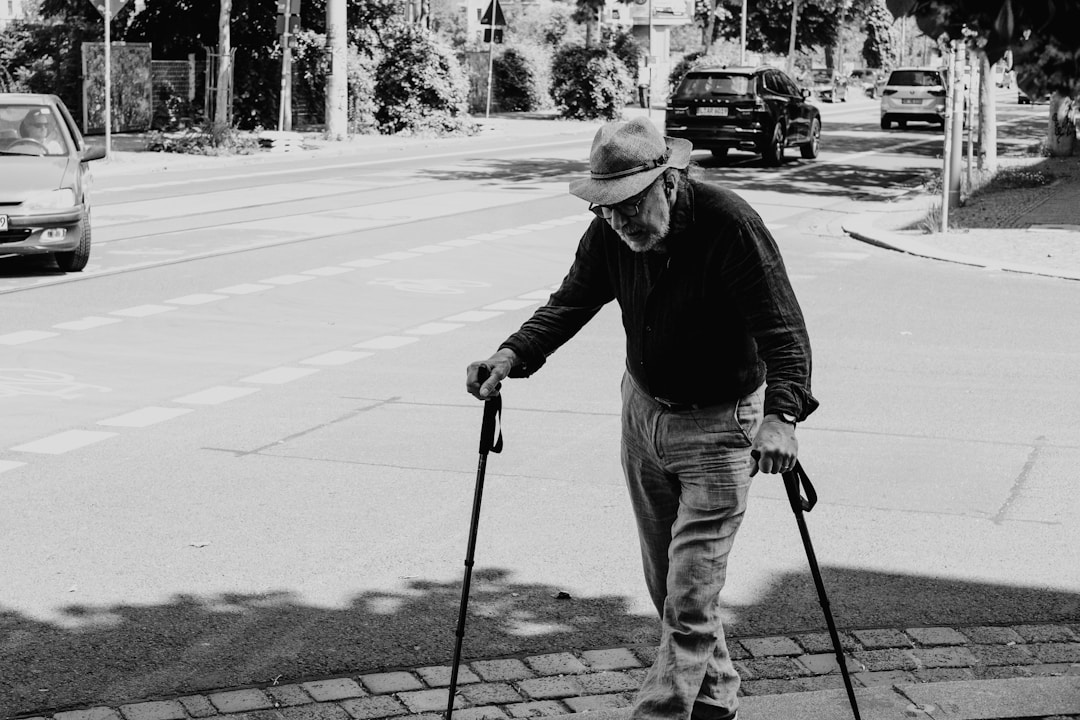Professionals in the healthcare industry face unique challenges when providing medical services. The needs of their patients can vary widely. Learning about the healthcare needs of specific groups of patients can help them assess patients and provide optimal care.
Medical professionals should understand the unique needs of older patients. In the United States, there are currently 46 million adults who are 65 years of age or older. That number will almost double by 2050. These tips can help different medical workers understand older patients and provide appropriate care for older patients facing common age-related healthcare issues.
Hearing Loss

One-third of all people between 65 and 74 years of age have age-related hearing loss. This number increases to 50 percent for individuals 75 years of age or older. Age-related hearing loss can be genetic. Exposure to loud noises can also cause hearing loss.
Medical workers should be aware of the likelihood that older patients may have difficulty hearing and may be embarrassed or depressed by their hearing issues. Audiologists are medical experts who perform hearing tests, diagnose patients with hearing problems, and develop treatment plans. The U.S. Bureau of Labor Statistics (BLS) indicates job opportunities for audiologists will increase by 13% from 2019 to 2029, a high job growth rate that underscores the aging population’s distinct healthcare needs. Since audiologists may treat elderly patients with issues, they should be familiar with common age-related health issues and their symptoms. Audiologists may recognize signs of depression and take steps to ensure their patients’ mental health issues are addressed.
A medical secretary can accommodate older patients by reviewing their medical records to determine if they’ve been diagnosed with hearing loss. The medical secretary can speak louder or use visual communication options, such as writing or sign language. Every medical secretary needs specific medical terminology knowledge to complete medical reports, ensuring they can identify age-related health concerns that could impact how they serve older patients.
Menopause
As women age, they go through perimenopause and menopause. Perimenopause typically begins when women are in their 40s. Perimenopausal women may have erratic menstrual cycles. Hormonal changes during perimenopause ultimately lead to the loss of fertility. Estrogen levels also decline. Hormone changes can cause mood swings, brain fog, and hot flashes. When a doctor or nurse practitioner realizes a patient’s experiencing a hot moment or mood swing, they may recommend hormone replacement therapy to reduce the symptoms.
Menopause can also cause vaginal dryness and pain during intercourse. Primary care providers may recommend women in their 40s read books on menopause to familiarize themselves with the symptoms and understand potential treatment options. Nurse-midwives and gynecologists specialize in women’s health and recommend their staff teams read about symptoms affecting menopausal women and postmenopausal women. Gynecologists may maintain temperature variations in examination rooms to accommodate menopausal women experiencing hot flashes. Medical receptionists at clinics and hospitals may customize intake questions for women between 45 and 55 to determine if the patient may be perimenopausal or menopausal when booking an appointment.
Balance Issues

Several medical conditions that affect older patients can cause balance issues, including hearing loss and Alzheimer’s disease. Medications used to treat chronic illnesses, heart disease, and arthritis can also cause problems with balance. As people age, they lose bone mass. Weak bones are more likely to break. Muscles become more rigid, which makes it harder for older patients to perform some physical activities.
While physical and occupational therapists and their assistants may be familiar with balance and mobility issues affecting older patients, other medical professionals can benefit from training to provide appropriate medical care. They may need to assist patients when they walk to examination rooms. Medical workers may lower examination tables to allow the patient to get on the table safely.
Hearing loss, hormonal changes, and balance issues are common health issues facing older patients. Medical professionals can read reputable books and take courses to learn about these issues and how they affect patients. Medical workers who understand age-related healthcare needs can modify their intake process when booking appointments, adjust treatment environments, and offer appropriate assistance based on their patients’ needs.
